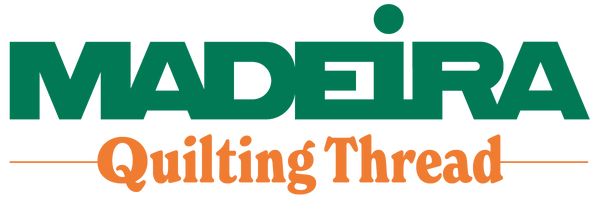Starting a longarm quilting business is an exciting venture, but determining how to price your services can be challenging. Setting the right prices ensures your business is profitable and competitive, and that customers feel they are getting good value. This guide will help you navigate the complexities of pricing your longarm quilting services effectively.
Why Pricing Matters
Correct pricing is crucial for covering costs, making a profit, and attracting customers. It reflects the quality of your work, your level of expertise, and the value you provide. Let's break down the key components to consider when setting your prices.
Factors to Consider When Pricing
- Material Costs
The cost of materials is a significant factor in your pricing structure. Consider the following:
- Thread: High-quality quilting thread varies in price. Ensure to account for the amount used per quilt.
- Batting: Purchase in bulk to reduce costs.
- Fabric: If you provide fabric, include these costs in your pricing.
- Labor Costs
Your time and skills are valuable. Calculate the time it takes to complete different types of quilts and set an hourly rate that reflects your expertise. Depending on your skill level and market conditions, this rate can range from $20 to $50 per hour.
- Market Rates
Research the going rates in your area to ensure your prices are competitive. Look at what other longarm quilters charge for similar services and adjust your pricing accordingly.
- Complexity of Design
The complexity of the quilting design significantly impacts pricing:
- Edge-to-Edge Quilting: Typically, the simplest and least expensive, it involves repeating a single design across the quilt.
- Custom Quilting: More intricate designs tailored to specific patterns or themes, requiring more time and skill.
Sample Pricing Structure
Here’s an example of a pricing chart to guide your own pricing decisions:
|
Quilt Size |
Simple Design |
Medium Design |
Complex Design |
|
Twin |
$150 |
$200 |
$250 |
|
Full/Queen |
$200 |
$250 |
$300 |
|
King |
$250 |
$300 |
$350 |
Additional Pricing Considerations
Setup Fees
Include a setup fee to cover the time and materials used for preparing the quilt for quilting. This could be a flat rate, such as $50 per quilt.
Thread Charge
Charge for the thread used, either per quilt or per bobbin. A typical rate might be $5 to $10 per quilt for standard thread usage.
Rush Orders
Offer expedited services at a premium price for clients who need their quilts completed quickly. This could be an additional 20-50% on top of the standard price.
Binding and Finishing
If you offer binding or finishing services, set additional charges for these. For example, binding could be priced at $0.25 to $0.50 per linear inch.
Establishing Payment Policies
Decide on clear payment terms to avoid any misunderstandings:
- Deposits: Require a deposit before starting work, either a flat fee or a percentage of the total cost.
- Full Payment: Determine whether you need full payment upfront or upon completion of the quilt.
- Payment Plans: Offer installment plans for large or complex projects to make it easier for clients to afford your services.
Engaging with Your Audience
Encourage reader engagement by inviting them to share their experiences with pricing or ask questions in the comments section. This not only boosts interaction but also helps in understanding your audience better.
By considering these factors and following these guidelines, you can set fair and competitive prices for your longarm quilting services, ensuring your business is both profitable and valued by your customers.
Coming up in our next article
Looking forward to diving deeper into the world of longarm quilting? Stay tuned for part 3 in our series, where we'll explore advanced techniques and tips for taking your quilting business to the next level. Be sure to check out our previous articles on Starting Your Own Longarm Quilting Business, Naming Your Business and Marketing your new business.
By considering these factors and following these guidelines, you can set fair and competitive prices for your longarm quilting services, ensuring your business is both profitable and valued by your customers.

